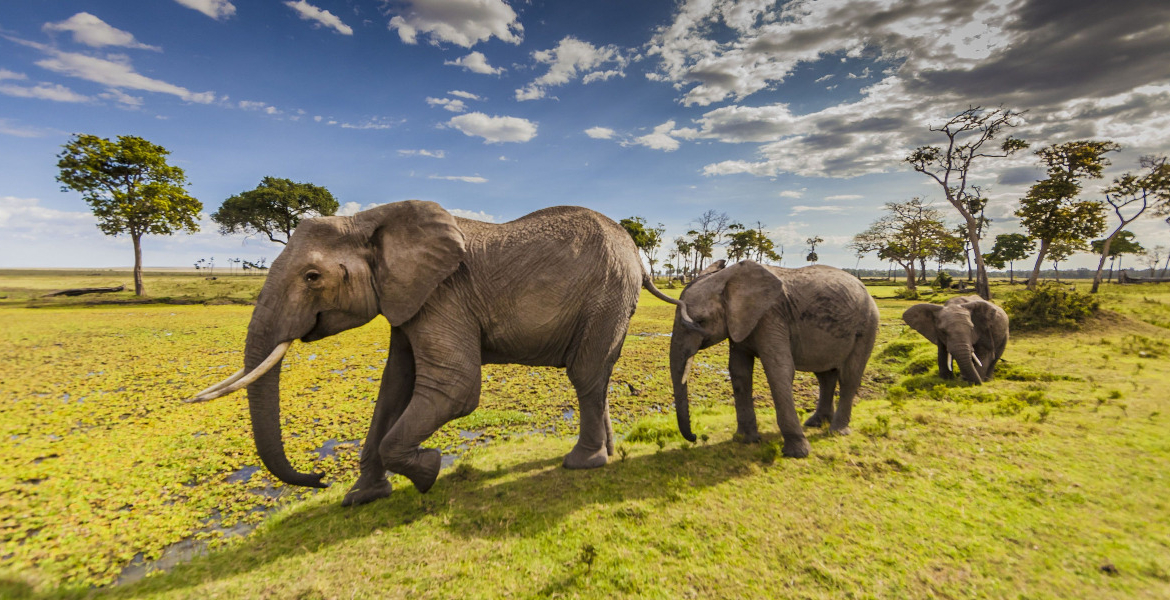Maasai Mara Earns Global Recognition for Annual Wildebeest Migration

The Maasai Mara Game Reserve in Kenya has been formally recognised by the World Book of Records, United Kingdom, as the host of the "World’s Greatest Annual Terrestrial Wildlife Migration."
This certification acknowledges the annual movement of over 1.5 million wildebeest, zebra, and antelope across the Serengeti-Mara ecosystem, a spectacle renowned for its scale and ecological significance. A formal presentation ceremony of the certification is anticipated to take place at the reserve, although specific details remain to be announced.
The accolade bolsters Kenya’s standing as a leading tourist destination, and recognises its investment in conservation efforts in Narok County. The certification coincides with praise for Narok County’s revitalisation of the reserve. This includes a new management plan and advanced technologies for biodiversity monitoring and protection.
Augmented ranger capabilities and rehabilitated infrastructure have advanced sustainable practices, securing the Mara's long-term ecological health. According to Governor Patrick Ole Ntutu, who initiated the transformation campaign two and a half years ago, the certification pays tribute to both natural grandeur and conservation efforts.
"We are deeply honoured to receive this recognition," he said, "officially certifying the Maasai Mara as the home of the world’s greatest annual terrestrial wildlife migration.”
He also emphasised the reserve's significance, housing over 25 percent of Kenya’s biodiversity and playing a critical role in the migratory species’ life cycle. The Mara’s ecological and economic impact is extensive. Designated as one of the seven natural wonders, the annual migration captivates global audiences and stimulates a thriving tourism industry.
The reserve's grasslands, the Mara River crossings, and the cultural heritage of the Maasai people attract international visitors. This year, an estimated 350,000 visitors are expected between July and October to witness the migration, observing predator-prey interactions, river crossings, and mating rituals.








Add new comment